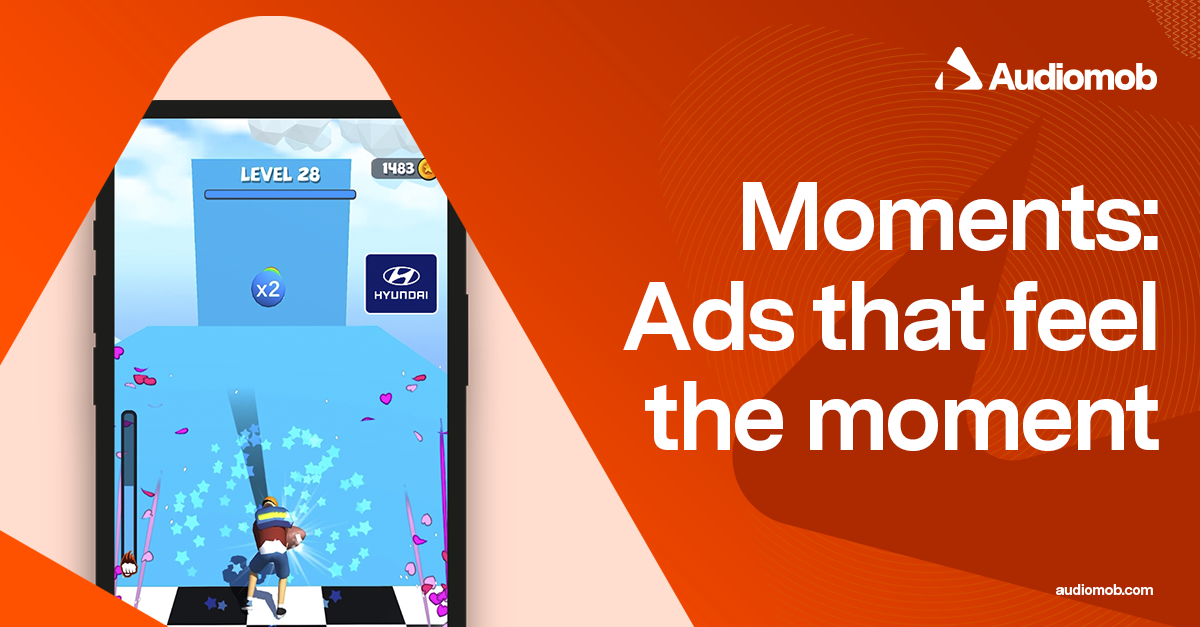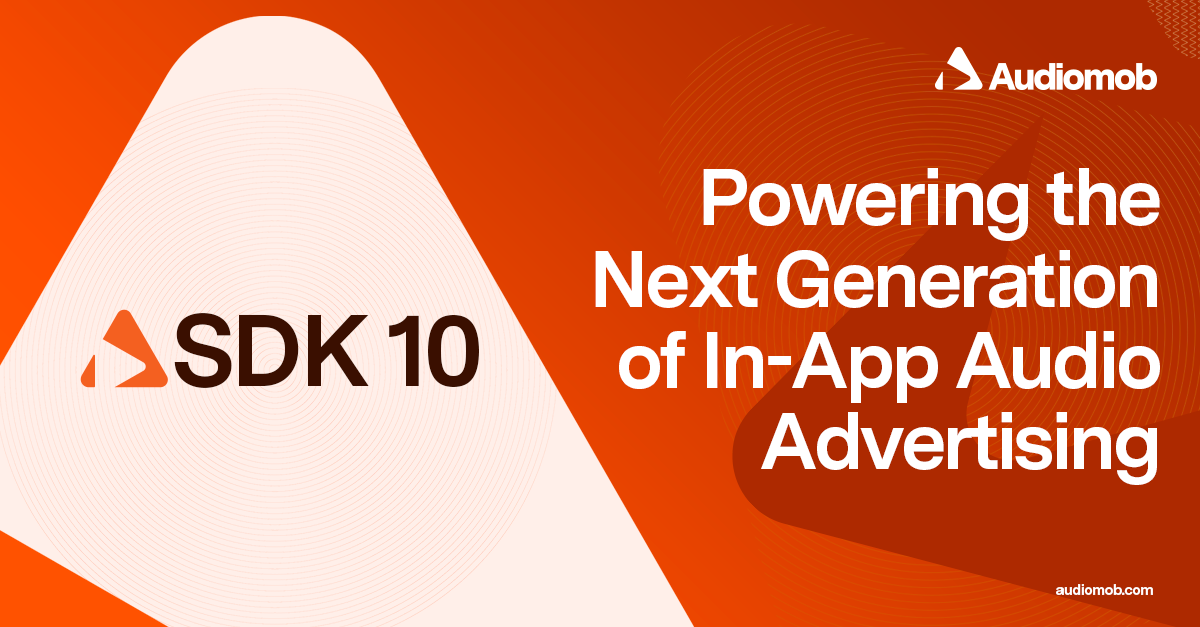As mobile gaming becomes a dominant force within the gaming industry, luxury brands have begun to engage there as well. The irresistible blend of entertainment and escapism is what has created the propensity to spend amongst these consumers. As of 2019, 63% of mobile gamers are women, and 79% are more likely to make an in-app purchase. Many are buying virtual currency such as lives or diamonds on apps like Drest, a luxury styling mobile game that allows users to purchase real-life versions of the looks via retailer Farfetch.
As a company at the forefront of fashion within gaming, Drest understands that contemporary gamers are no longer held by Westernized “nerd” stereotypes. They are an exceptionally vast demographic and a profitable marketing opportunity.
AudioMob in-game audio ads have the same capacity to reach this digital native demographic, facilitating a direct conversion through banner ads, instantly turning players into customers, through ads that don't interrupt the game. They're intimate, the preferred ad format, and increase engagements by up to 1000% - helping turn this valuable audience into profitable consumers.
Gaming and luxury fashion brands have enjoyed a flirty relationship for well over a decade.
Around the release of 2003’s Devil May Cry 2, Italian designer label Diesel provided unlockable in-gaming outfits for series protagonists Dante and Lucia. Matter of fact, Diesel stores across Japan displayed customs from Capcom’s action-adventure game. This collaborative effort was one of many between luxury fashion brands and gaming that would eventually come down the line.
Final Fantasy developer Square-Enix took things a step further in 2012 by using characters from Final Fantasy XIII-2 in a Prada spread for Arena Homme+ magazine. The twelve-page spread featured male leads from the game modelling that year’s spring/summer menswear collection. Final Fantasy XIII lead protagonist Lightning later modelled Louis Vuitton’s 2016 spring/summer clothing and handbag collection.
By the time Final Fantasy XV dropped that same year, Japanese fashion house Roen assisted in the character design for the main cast. Leading lady for that particular entry Altissia even wore a Vivienne Westwood wedding dress. The trend of luxury fashion brands and gaming continues till this day.
Ultra popular basketball simulation NBA2K spent the last handful of yearly entries allowing players to customize their avatars with the latest releases from expensive streetwear brands including Bape, Marathon Clothing and Diamond Supply Co.
Relevancy is a brand's legacy and it’s truly no surprise that others have followed suit. Gucci was named the most profitable label this year with Louis Vuitton following close behind. Both have developed their own mobile games and made their way on platforms including the Fortnite Metaverse.
Designers also including Christian Louboutin, Stella McCartney and Marc Jacobs understand the powerful aspect of community that is found on these consumer touch-points. These are not just ‘games’ but the new social media where Gen-Z in particular are finding new ways to connect after familiar social hubs were forced to close amidst a pandemic.
As data has found, gaming has become more inclusive than ever. Meanwhile, the democratisation of luxury has allowed anyone to buy or experience a new collection. The recent collaboration between Balenciaga and Fortnite saw skins priced at 1000 V-Bucks which equated to roughly £6. Users were able to shop the merchandise in real life which met the designer’s usual price point. This also coincided with Balenciaga's video-game inspired seasonal collection.
Mobile gaming significantly outperforms traditional gaming in terms of consumer spending. Brands that are not tapped into this gaming medium are seriously missing out on a key opportunity to drive market awareness. What sets apart mobile gaming from social media is that there is far less noise, with access to a highly engaged audience, brands can curate their own sonic identity, further routing long-term memory encoding through subconscious conditioning. Using a distinctive sound, brands can use this across multiple mediums of audio advertising to create a cohesive brand identity that cements their label in the minds of consumers.
Therefore, when the time is right and Gen-Z become key spenders, it is imperative now that brands make their mark in the mobile gaming space now. This is done with a strong audio identity. AudioMob can help ensure brands create top of mind awareness, with preference to purchase and be at the forefront of consumers' minds, through non-interruptive audio ads, served in-game.




